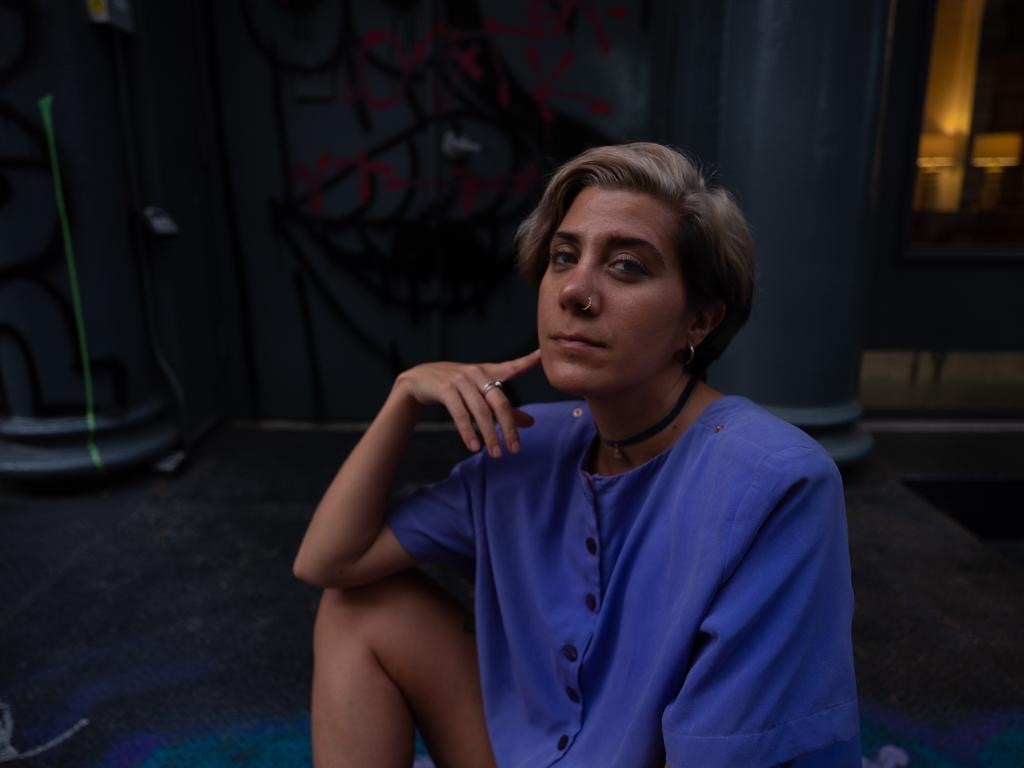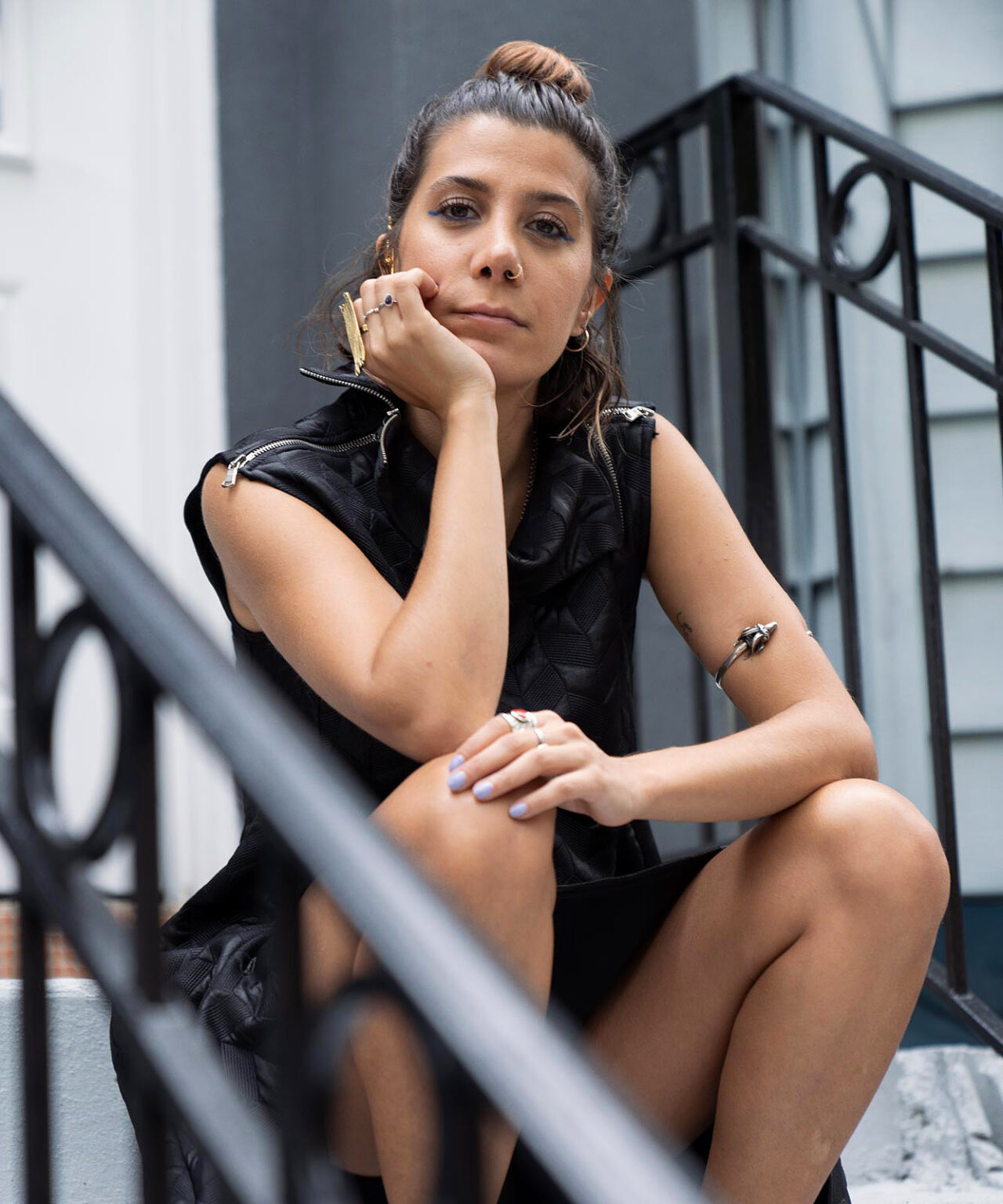Morehshin Allahyari (Persian: موره شین اللهیاری), is a NY based Iranian-Kurdish artist using 3D simulation, video, sculpture, and digital fabrication as tools to re-figure myth and history. Through archival practices and storytelling, her work weaves together complex counternarratives in opposition to the lasting influence of Western technological colonialism in the context of MENA (Middle East and North Africa).
Morehshin has been part of numerous exhibitions, festivals, and workshops around the world including Venice Biennale di Archittectura, New Museum, The Whitney Museum of American Art, Pompidou Center, Museum of Contemporary Art in Montreal, Tate Modern, Queens Museum, and Dallas Museum of Art. She has been an artist in residence at Carnegie Mellon University’s STUDIO for Creative Inquiry, Autodesk Pier9 Workshop in San Francisco, the Vilém Flusser Residency Program for Artistic Research in association with Transmediale, Berlin, Eyebeam’s one year Research Residency, Pioneer Works, and Harvest Works. Her work has been featured in Art21, The New York Times, BBC, Huffington Post, Wired, National Public Radio, Parkett Art Magazine, Frieze, Rhizome, Hyperallergic, and Al Jazeera, among others.
She is the recipient of The United States Artist Fellowship (2021), The Joan Mitchell Foundation Painters & Sculptors Grant (2019), The Sundance Institute New Frontier International Fellowship (2019), and the Leading Global Thinkers of 2016 award by Foreign Policy magazine. Her artworks are in the collection of the Whitney Museum of American Art, San Francisco Museum of Modern Art, and the Current Museum.
Rapid Response Project
Part of an ongoing project, She Who Sees The Unknown, Allahyari has been researching and re-contextualizing stories of monstrous figures and Jinn of Persian and Arabic origin. Using Islamic female/queer figures and their stories, she explores the catastrophes resultant of colonialism, patriarchism, and environmental degradation, in the context of the Middle East. As the final step of this project — and as part of Rapid Response — the artist released an extensive web-based archive of her findings, which is the first of its kind. The archive includes over one hundred pdf files, scanned books, images of monstrous female/queer figures and talismans, and related historical material.

